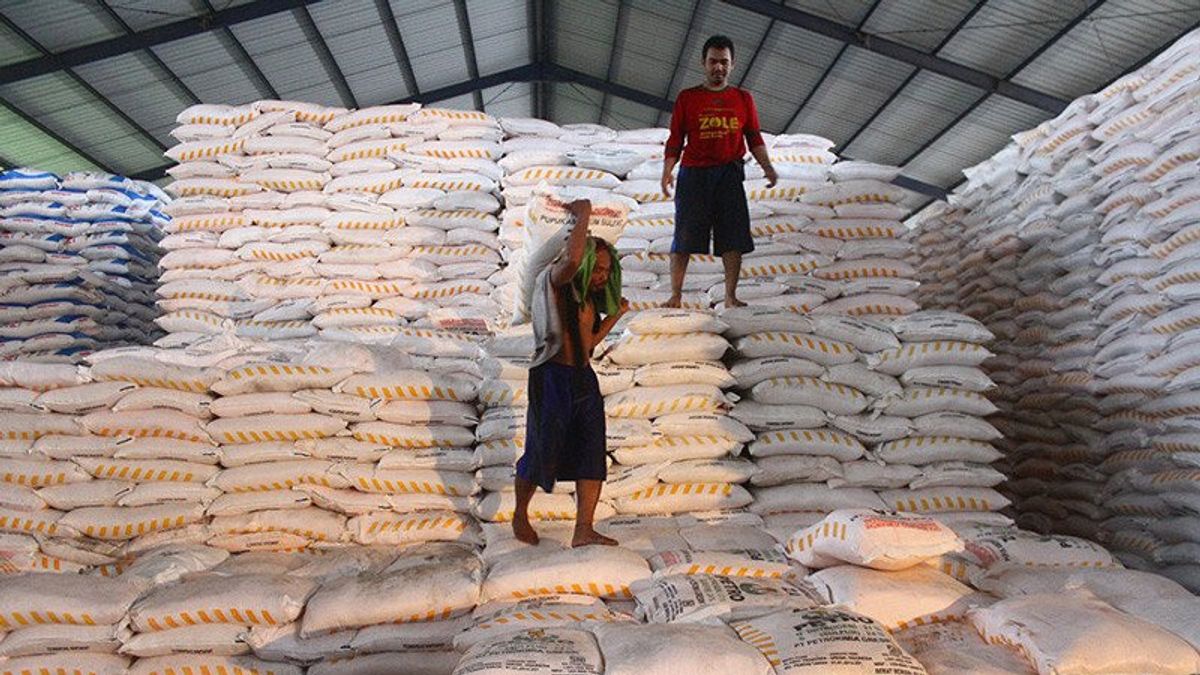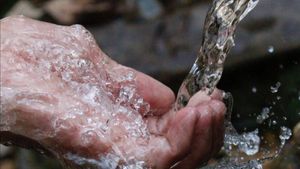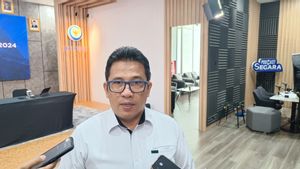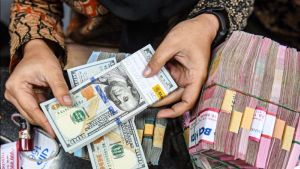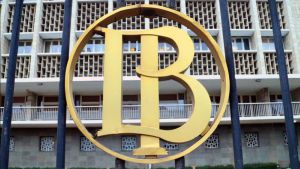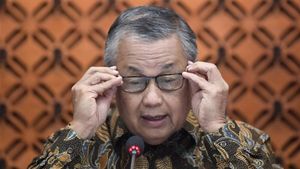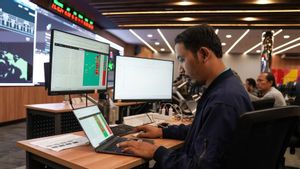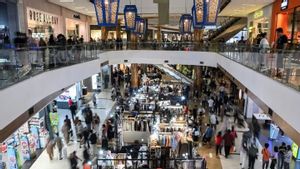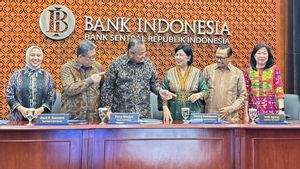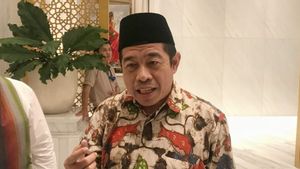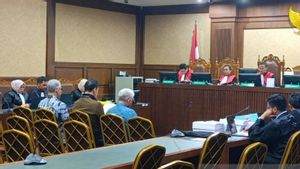JAKARTA - PT Pupuk Indonesia (Persero) stated its readiness to support the subsidized fertilizer program. Especially for the type of Urea fertilizer and NPK fertilizer.
Pupuk Indonesia is also ready to distribute subsidized fertilizers according to the allocation set by the government in accordance with applicable regulations.
Marketing Director of Pupuk Indonesia, Gusrizal, ensured that the urea and NPK fertilizer factories were operating well.
In the company's 2022 work plan, Pupuk Indonesia plans to produce around 8,096,000 tons of urea fertilizer in a year.
Even so, continued Gustizal, his party still has the remaining stock which is always allocated at the beginning of the year around 867,781 tons.
In total, Pupuk Indonesia plans to have a production stock of around 8,993,781 tons.
"If there is a change in allocation later, at least we still have reserves of 4 million tons more, if there are needs for subsidies. If not, we will do it non-subsidized. So our production is 8.9 million tons of urea, while the allocation of subsidized urea fertilizer is around 4 million tons," said Gusrizal at a press conference in Jakarta, Friday, July 15.
Pupuk Indonesia Produces 3 Million Tons of Fertilizer
For NPK fertilizer, said Gusrizal, Pupuk Indonesia also plans to produce 3,083,500 tons. It also always provides stock at the beginning of 331,754 tons.
"So in 2022, God willing, we will have a production of around 3,415,252 tons. For now, the NPK allocation is around 2.4 million tons. So we hope this is enough to meet the needs," he said.
Pupuk Indonesia, continued Gusrizal, contributed to the improvement of the digitization system to develop a digital system from line 1 to line 3 and is now developing from line 3 to line 4.
"The two, one is called the retail management system, redemption at the kiosk and we are also developing product tracking of the movement of our fertilizer from line 3 of the provincial warehouse to the distribution kiosk," he said.
Subsidized fertilizers will later be given to farmers who have a maximum land area of 2 hectares (Ha) each planting season. With a note, farmers must be members of farmer groups and registered in the agricultural extension management information system (Simluhtan).
The distribution of subsidized fertilizers from retail kiosks to farmers will use Kartu Tani through Electronic Data Capture (EDC) machines or digital applications.
In the event that the Farmer's Card is not yet available, the distribution can use an identity card (KTP).
Gusrizal said, Pupuk Indonesia also developed a disruption planning and control system.
Gusrizal said that his party has a control room that can see the stock of subsidized fertilizers in all districts in Indonesia.
"So every morning we monitor which stock is yellow, which stock is green, that's our material to make deliveries, refinements, or repairs if there are distribution problems due to weather and other factors," he explained.
On that occasion, Gusrizal also expressed his gratitude to the government for providing support to Pupuk Indonesia, especially in the supply of natural gas.
This is because natural gas is the main ingredient in the manufacture of fertilizers.
Furthermore, Gusrizal explained, in NPK fertilizer, the N element comes from natural gas, while the raw materials for P and K elements are still obtained from imports.
"Our P is still a little loose because it's on average from North Africa and the Middle East. But if we get K from Canada, Belarus and Russia. So it's now a conflict area. So we thank the president who has sought supplies KCL from Russia," he said.
The English, Chinese, Japanese, Arabic, and French versions are automatically generated by the AI. So there may still be inaccuracies in translating, please always see Indonesian as our main language. (system supported by DigitalSiber.id)
